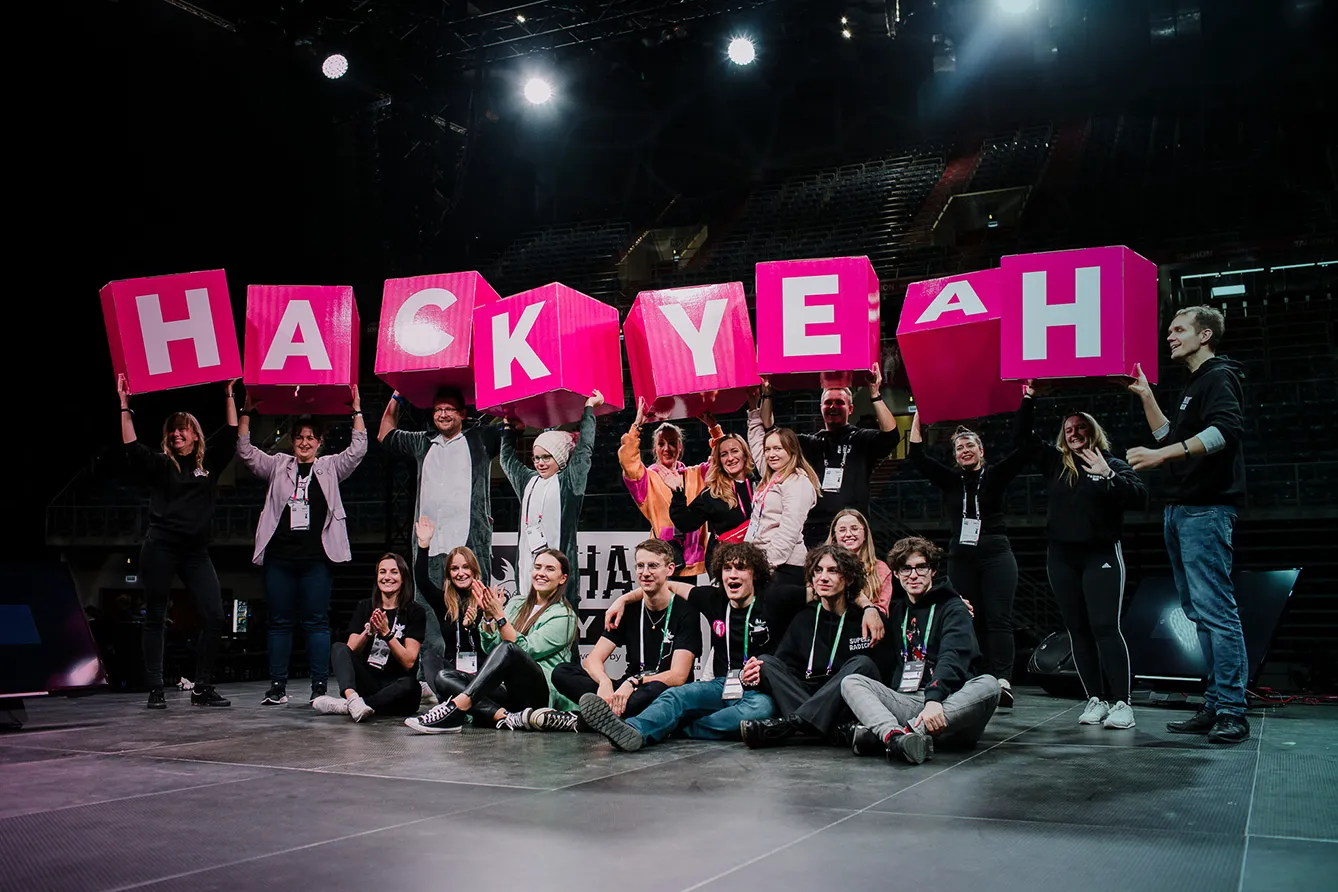We have the 21st century, the Internet, and applications to help organize virtually every aspect of life, sometimes bordering on ridiculous and trivial. Despite the progress of digitization, bureaucracy, with its myriad piles of paperwork, permits, and attachments to attachments and time-consuming personal visits to offices, bravely defends itself against making life easier for citizens. Or rather, it defended itself because, for several years now, this bureaucratic inertia is slowly becoming a bad memory from the past, thanks to the transplantation of the GovTech idea strongly supported by the Polish government.
In 2017, the Ministry of Finance challenged IT startups in one of the hackathons (an event where individuals or teams come together to work on a software or hardware project, often with a specific goal or theme in mind), asking them to help in the process of sealing the tax system. In a short time, they were inundated with solutions beyond the framework established at the very beginning.
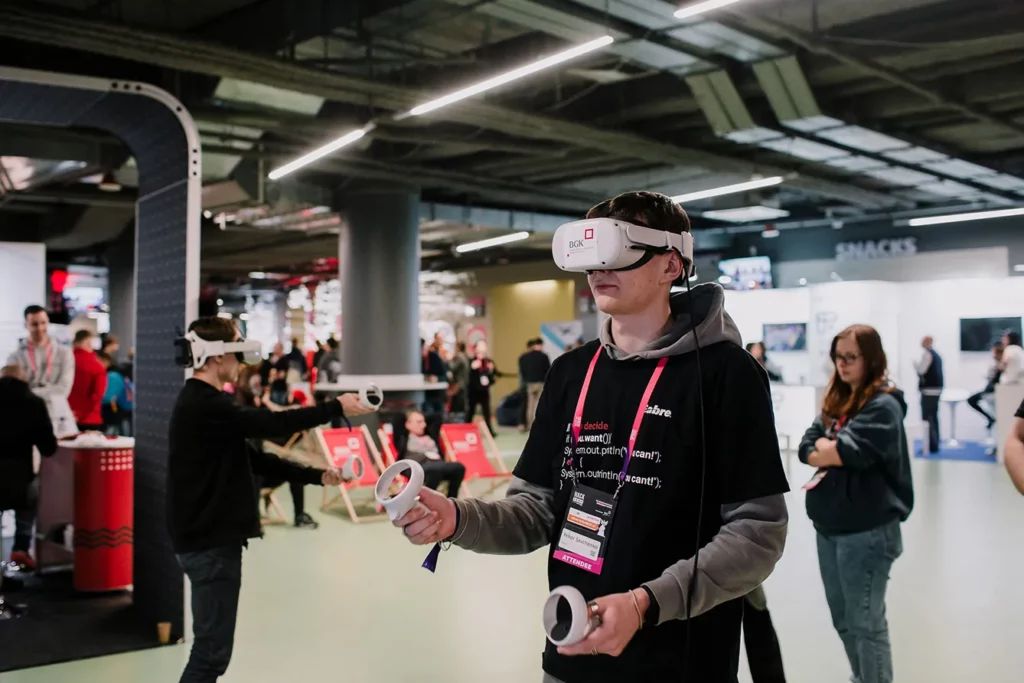

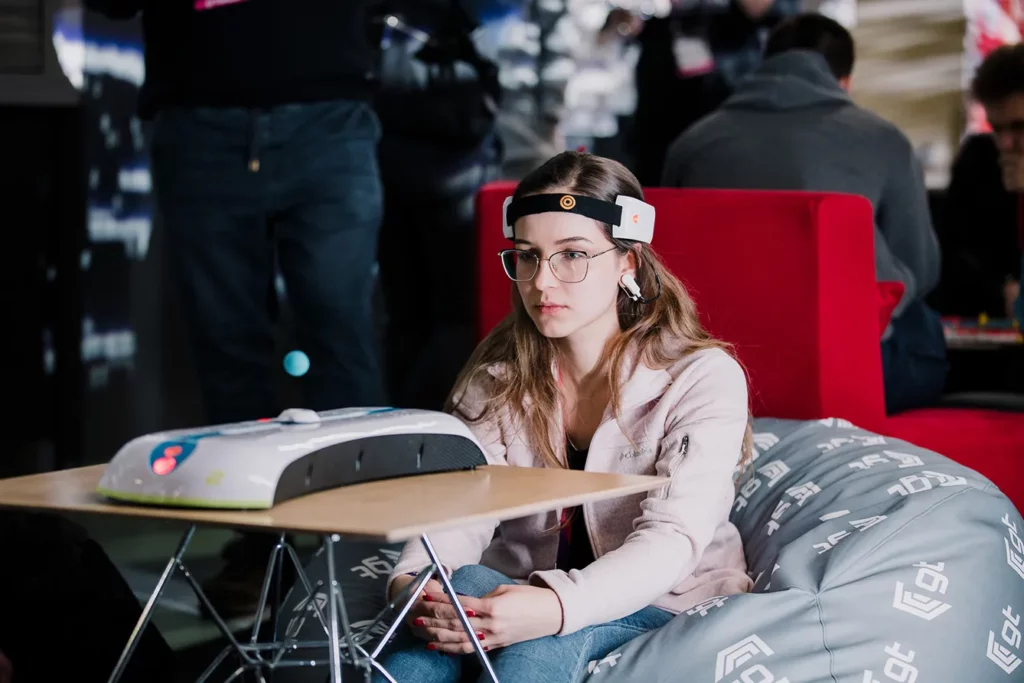
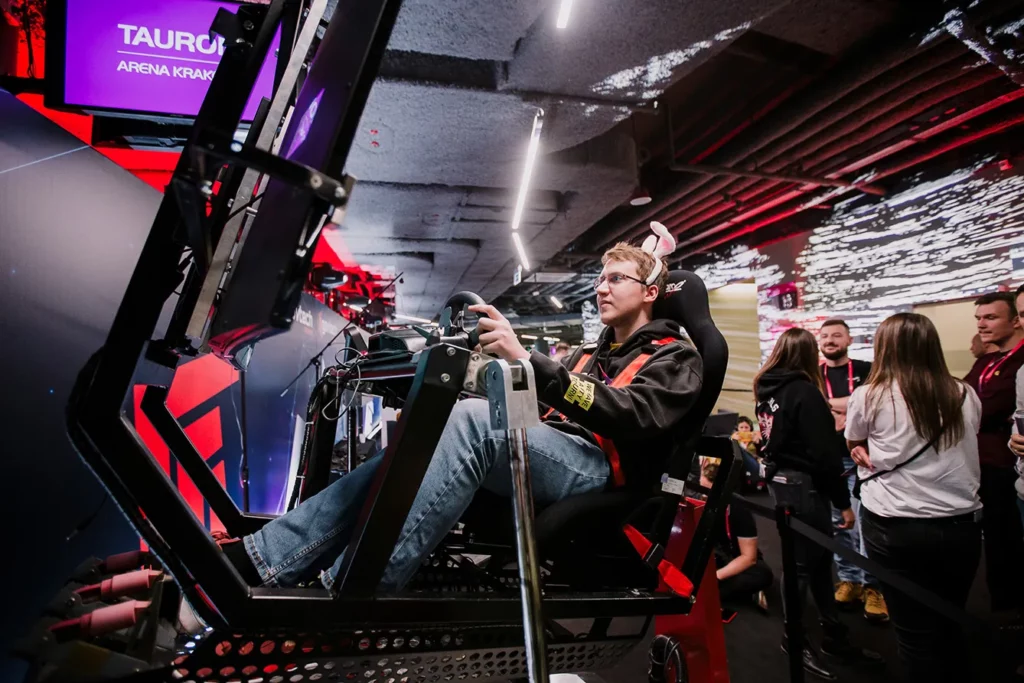
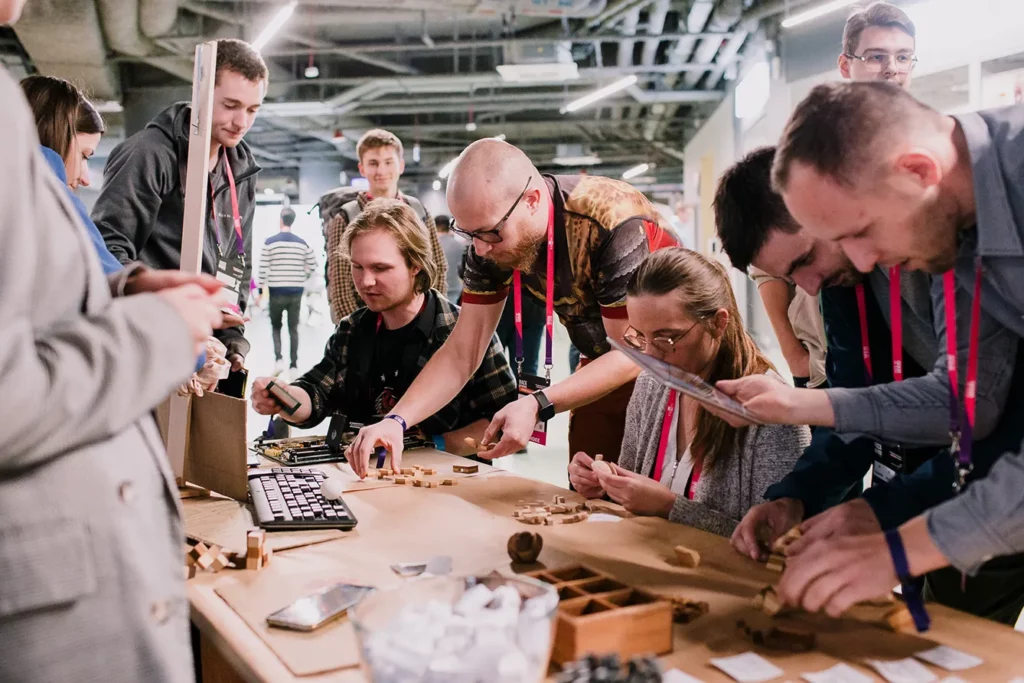
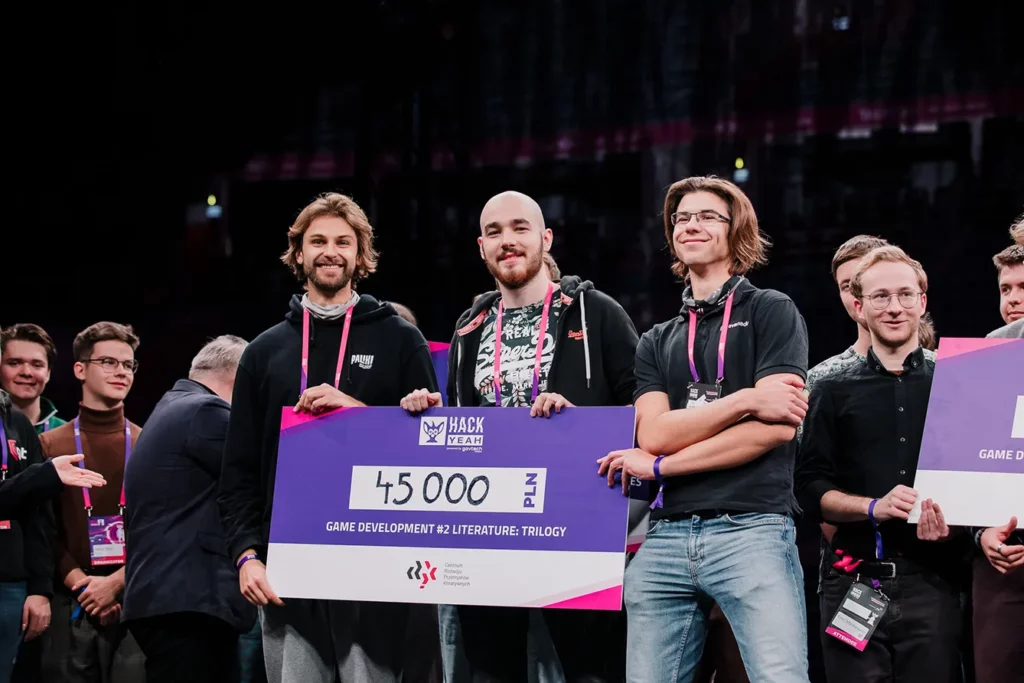
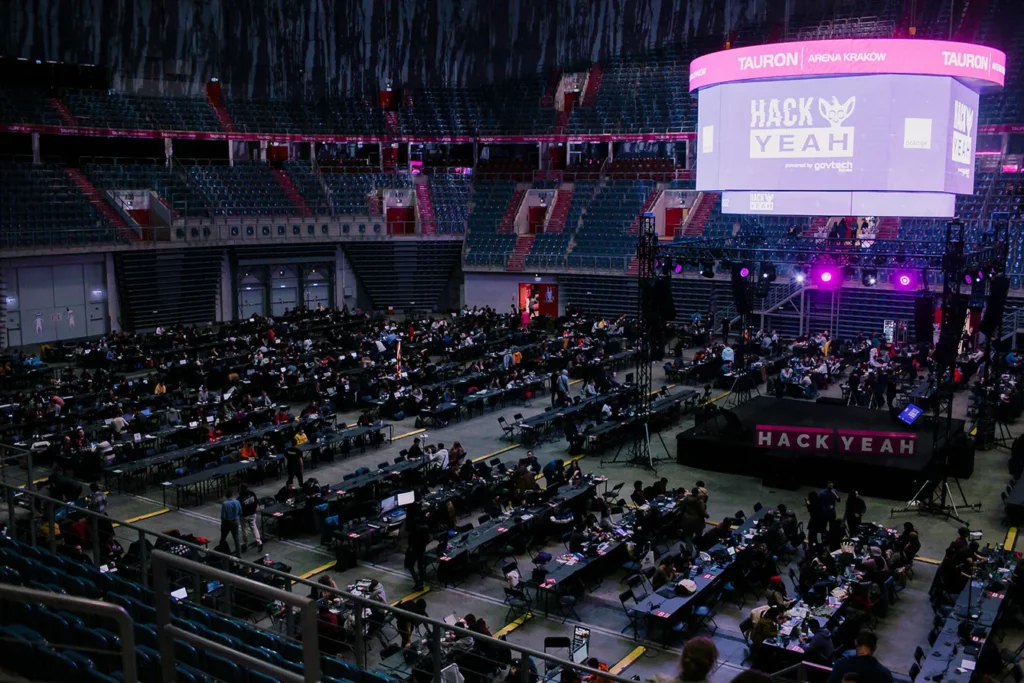

The MF’s success in sourcing solutions through direct cooperation with IT professionals and SMB (small and medium business) entities inspired and ignited ambitions in other areas of public administration. Things quickly picked up steam, resulting in establishing of the GovTech Poland program a year later and expanding the GovTech formula to other ministries and local government entities. One example of GovTech implementations in Poland is the e-PUAP platform and the mObywatel application, which allows for easy and fast handling of official matters online.
The GovTech (Government Technology) framework is aimed at the removal of barriers in the process of creating and implementing technological solutions to improve the functioning of public administration. This path benefits both parties involved and guarantees equality and efficiency in cooperation.
It is a form of contract that combines elements of a tender and the implementation of innovative technological solutions. Unlike an ordinary tender, where the selection of a bidder is based on criteria such as price or the quality of services or products offered, the GovTech model emphasizes introducing innovative technological solutions to benefit the state and its citizens. In this model, the public entity not only specifies its needs but also requires the contractor to use new technologies or innovative solutions that can benefit the quality and efficiency of the public services provided.
GovTech in Poland is largely based on a competitive search for solutions to problems formulated by the state administration, counting on the potential of young IT adepts from both Poland and abroad. This manifests itself in GovTech Poland’s partnership of hackathons like…
…HackYeah powered by GovTech
The Polish HackYeah Hackathon is Europe’s largest and the world’s second-largest such event, attracting participants worldwide. It is being praised for its innovative format and the focus on collaboration and creativity.
For example, the 2021 HackYeah was marked by challenges related to AI and cybersecurity. One of the challenges promoted by the state’s Financial Supervisory Commission (KNF) was to create a reporting solution for KNF and banks to ensure mutual communication, data integrity, privacy, and transparency based on blockchain technology. Enough to say there were many interesting solutions developed, of which three won a prize awarded by KNF.
This shows how the GovTech idea works in practice in Poland. The solutions developed at Hackyeah already helped to address important public sector challenges and promote greater innovation in the administrative sector. Initiatives similar to GovTech Poland exist in the United States, the United Kingdom, Scotland, Canada, Australia, Israel, Singapore, and Estonia, among others.


